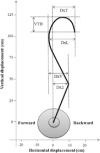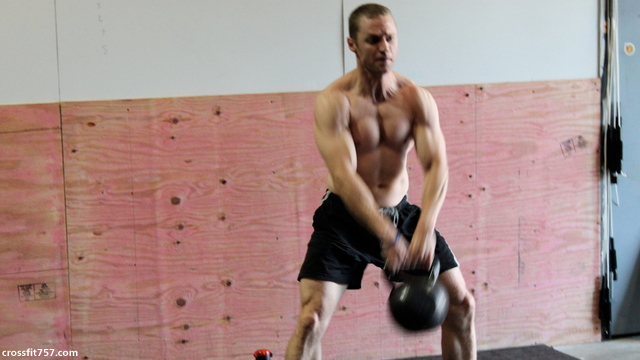Power Development
Olympic Movements, especially Olmpic Pulls, are a staple exercise for sports that are dependent on increasing Power.
Olympic Movements For Power
Olympic Pull produce some of the highest Power Outputs in sports.
During Entire Snatch or Clean Pull Movements:
34.3 w/kg Men
21.8 w/kg Women
Second Pulls:
52.6 w/kg Men
39.2 w/kg Women
Squat and Deadlift:
12 w/kg Men
Source: Dr. John Garhammer, National Strength and Conditioning Research Journal.
Other Power Training Movements
1) Heavy Kettlebell Swings
Working up to loads that are one-third of body weight to close to body weight Kettelebell Swings.
Based on reserach by Dr. Bret Contreras, the Power Output with these Kettlebells Swings rival the Olympic Movements; information on this has been posted multiple time on StrongFirst.
2) Trap Bar Jumps
Research has demonstrated this method, as well, rivals the Power Output of Olmpic Movements.
Essentially, a Trap Bar Jump simulate an Olympic Pull.
Stretch Reflex Eccentric Training
The Kettlebell Swing is one of the best for developing the Stretch Reflex; allowing the load to drop into the hole and elicits and develops the Stretch Reflex.
The Foudation of Power...
is built in Maxumum Stregth.
That is espeically true for Novice LIfters; an increase in Maximum Strength automatically increase their Power and Speed.
Advance Lifter need to maintain and increase Maximum Strength to increase Power Output.
Olympic Pull Bar Path Trajecory
The Bar Path isn't vertical...
View attachment 13574
The Catch
The Catch in the development of Power in an Olympic Pull doesn't make much senes. No Power is being developed, since it is at the apex of the movement and the bar is falling, not accelerating upward.
Descending Strength Curve
Since an Olympic Pull has a Descending Strength Curve (easier at the bottom, harder at the top), it is questionalbe how effective attatching bands are.
Reverse Loaded Banded Olympic Lift Pulls
However, one of the things I found in performing Reverse Loaded Banded Olympic Pull was that it allowed for a greater load to be pulled higher; a greater overloading of the Traps occured.
Technique Development
As Antti noted, a steady diet of Band Olmpic Movement modifies Technique.
However to reiterate, one benefits from Banded Olmpic Pulls is top end loading of the Traps.
Band Loaded Kettlebell Swings
Banded Kettlebell Swings is a great movement that ensures greater Power Development through a greater range of the movement.
Kettlebells are an excellent metod of increasing Power Develpment; providing the right loading is chosen.
Kettlebells Swing have a lower learning curve and also are effective at developing the Stretch Reflex.
Kettlebell Swings along with Trap Bar Jumps are two Power Training Movement you might also want to consider, along with Olympic Pulls.
There is also a faster learning curve with Trap Bar Jumps compared to Olympic Pulls.


